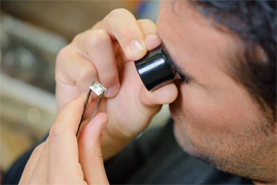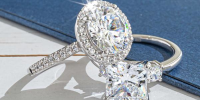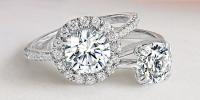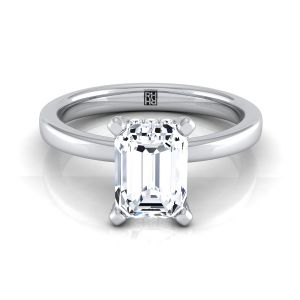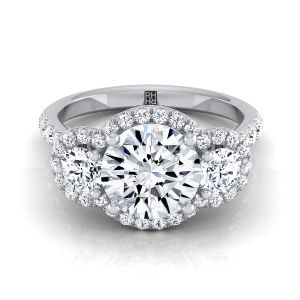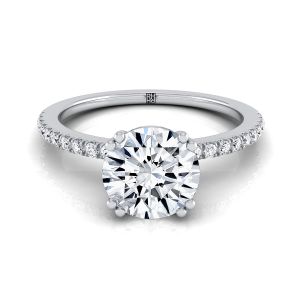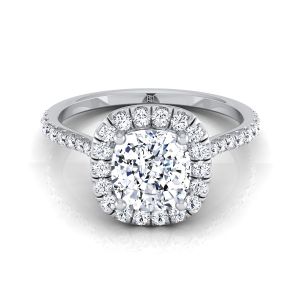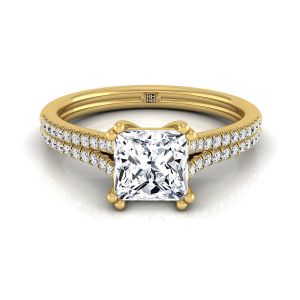
There is an almost limitless range variations you can apply to your
jewelry these days. Every
jeweler showcases at least two dozen available settings which show off the stone in their own ways. One of the most common among these is the shared prong. While easily confused with
pavé and channel settings, it is radically different from the latter. You should know the following before buying a
diamond pave dome
ring.
Pavé Setting
A
pavé setting has small
gems held by smaller beads, and has
diamonds that are set close together to achieve the “
paved” look. The main appeal here comes from the constant twinkle and sparkle that your
ring will offer.
Channel Setting
The channel setting has no prongs, beads, or fixtures; instead, the placement of the
stones excludes all but the tiniest gaps, with the
diamonds being the secured by a metal bar on each side. Channel-set
diamonds are usually bigger than
pavé diamonds, and provide continuous sparkle without the problem of snagging.
 Shared Prong Setting
Diamonds
Shared Prong Setting
Diamonds used in this setting are bigger than that in the other two styles, which means more metal is needed to secure them. However, individual prong sets would block most of the light, which is why each stone shares its prongs with the one beside it.
 There is an almost limitless range variations you can apply to your jewelry these days. Every jeweler showcases at least two dozen available settings which show off the stone in their own ways. One of the most common among these is the shared prong. While easily confused with pavé and channel settings, it is radically different from the latter. You should know the following before buying a diamond pave dome ring.
Pavé Setting
A pavé setting has small gems held by smaller beads, and has diamonds that are set close together to achieve the “paved” look. The main appeal here comes from the constant twinkle and sparkle that your ring will offer.
Channel Setting
The channel setting has no prongs, beads, or fixtures; instead, the placement of the stones excludes all but the tiniest gaps, with the diamonds being the secured by a metal bar on each side. Channel-set diamonds are usually bigger than pavé diamonds, and provide continuous sparkle without the problem of snagging.
There is an almost limitless range variations you can apply to your jewelry these days. Every jeweler showcases at least two dozen available settings which show off the stone in their own ways. One of the most common among these is the shared prong. While easily confused with pavé and channel settings, it is radically different from the latter. You should know the following before buying a diamond pave dome ring.
Pavé Setting
A pavé setting has small gems held by smaller beads, and has diamonds that are set close together to achieve the “paved” look. The main appeal here comes from the constant twinkle and sparkle that your ring will offer.
Channel Setting
The channel setting has no prongs, beads, or fixtures; instead, the placement of the stones excludes all but the tiniest gaps, with the diamonds being the secured by a metal bar on each side. Channel-set diamonds are usually bigger than pavé diamonds, and provide continuous sparkle without the problem of snagging.
 Shared Prong Setting
Diamonds used in this setting are bigger than that in the other two styles, which means more metal is needed to secure them. However, individual prong sets would block most of the light, which is why each stone shares its prongs with the one beside it.
Shared Prong Setting
Diamonds used in this setting are bigger than that in the other two styles, which means more metal is needed to secure them. However, individual prong sets would block most of the light, which is why each stone shares its prongs with the one beside it.









